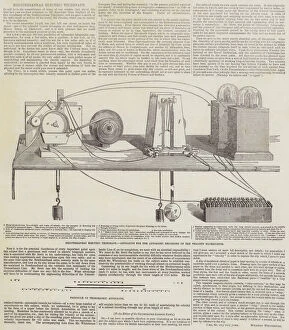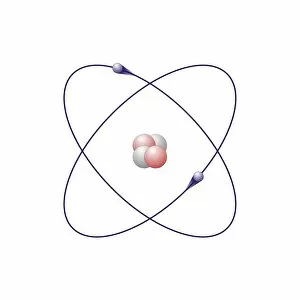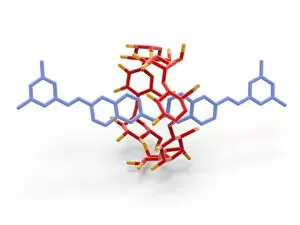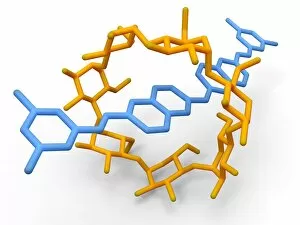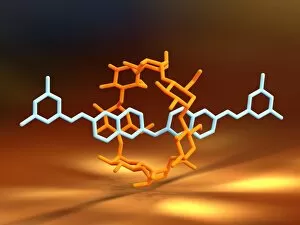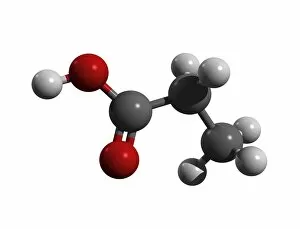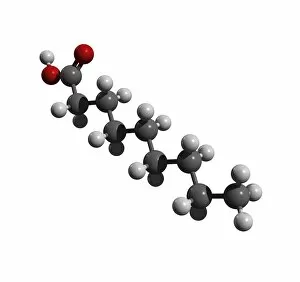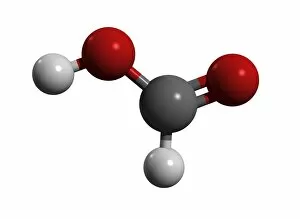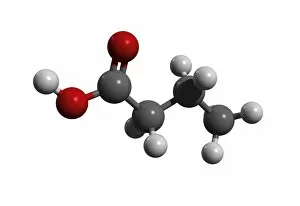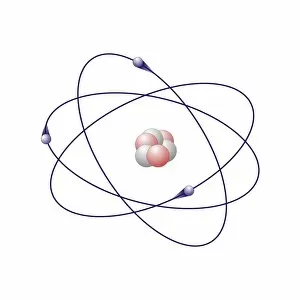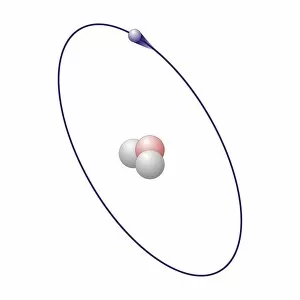Chemically Collection
"Unleashing the Power of Chemistry: From Fruit-Powered Clocks to Molecular Marvels" The fruit-powered clock
All Professionally Made to Order for Quick Shipping
"Unleashing the Power of Chemistry: From Fruit-Powered Clocks to Molecular Marvels" The fruit-powered clock: A fascinating example of harnessing chemical energy to keep time, as fruits generate electricity through their natural acids. Mediterranean Electric Telegraph engraving: Delving into the history of communication, this image showcases how chemistry played a vital role in transmitting messages across vast distances. Beryllium atomic model: Explore the intricate structure of beryllium at an atomic level, revealing its unique properties and potential applications in various industries. Helium atomic model: Dive into the world's second lightest element and discover why helium is not just for balloons but also plays a crucial role in scientific research and medical imaging. Boron atomic model: Unveiling the secrets behind boron's atomic arrangement sheds light on its diverse uses ranging from strengthening materials to nuclear reactors. 6-12. Rotaxane molecular crystal structures (C017/7007, C017/7011, C017/7014, C017/7013, C017/7015, C017/7016, C017/7010): Journey into the mesmerizing realm of rotaxanes – intricately designed molecules with interlocked rings that hold immense potential for creating advanced materials and nanotechnology breakthroughs. From simple fruit experiments to complex molecular structures like rotaxanes or elemental models such as beryllium and boron – chemistry continues to shape our understanding of nature's building blocks while unlocking innovative solutions for a brighter future.


